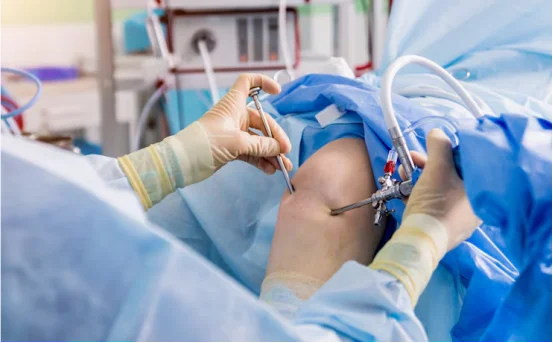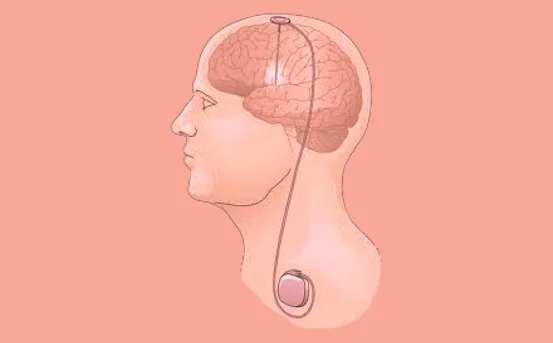Knee arthroscopy is one of the most widely used orthopedic procedures for both diagnosis and treatment of knee joint problems. What makes it unique is that it’s not just one surgery but a surgical method used to perform many different types of procedures, depending on the condition of the knee.
Through small incisions and the use of a thin camera (arthroscope), orthopedic surgeons can examine, repair, or remove damaged structures inside the knee. These procedures are less invasive than traditional surgery and usually result in quicker recovery. Let’s take a closer look at the different types of knee arthroscopy surgeries and what each one is used for.
Types of Knee Arthroscopy Surgery
- Meniscus Repair or Meniscectomy :- One of the most common arthroscopic procedures is for a torn meniscus, which is the cartilage that cushions the knee joint.
- Meniscus repair involves stitching the torn cartilage back together.
- Meniscectomy is the removal of the torn or damaged portion of the meniscus when repair is not possible.
The choice between repair and removal depends on the location and severity of the tear. This surgery is often done in athletes and active individuals experiencing locking, swelling, or knee pain.
- Meniscus repair involves stitching the torn cartilage back together.
- ACL Reconstruction :- A tear in the anterior cruciate ligament (ACL) is a major injury, especially for athletes. Arthroscopic ACL reconstruction involves removing the damaged ligament and replacing it with a graft usually taken from the patient’s own tendon (autograft) or a donor (allograft).
This procedure restores stability to the knee and is often essential for people who want to return to high-impact activities like running, jumping, or pivoting.
- Removal of Loose Bodies :- Sometimes, fragments of bone or cartilage break off and float around in the knee joint, causing pain, swelling, and restricted movement. Arthroscopy can be used to locate and remove these loose bodies, improving comfort and restoring normal motion.
This is a relatively simple and quick procedure, but it can bring significant relief.
- Synovectomy :- The synovium is the soft tissue that lines the inside of the knee joint. In conditions like rheumatoid arthritis or chronic inflammation, the synovium may become thickened and painful.
A synovectomy is an arthroscopic procedure used to remove part or all of the inflamed synovial tissue, reducing pain and swelling in the knee.
- Cartilage Restoration and Smoothing :- When the cartilage that covers the ends of the bones becomes damaged or begins to wear down, it can lead to pain and stiffness.
Through arthroscopy, surgeons can:
- Smooth out rough cartilage (chondroplasty)
- Perform microfracture surgery to stimulate the growth of new cartilage
- In some cases, implant new cartilage cells (cartilage restoration)
These procedures are especially useful in early-stage arthritis or isolated cartilage injuries.
- Smooth out rough cartilage (chondroplasty)
- Plica Excision :- A plica is a fold in the lining of the knee joint that can become irritated from injury or overuse. When this tissue thickens or becomes inflamed, it can cause discomfort or catching sensations during movement.
Arthroscopic plica removal is done to relieve these symptoms by trimming or excising the plica tissue.
- Patellar Realignment and Stabilization :- In some individuals, the kneecap (patella) may become unstable or dislocated. Arthroscopic techniques can be used to:
- Realign the patella
- Remove damaged tissue
- Tighten or loosen surrounding ligaments
This type of surgery helps stabilize the kneecap and prevent future dislocations, particularly in younger patients and athletes.
- Realign the patella
Conclusion
Knee arthroscopy isn’t just a single operation it’s a method that enables surgeons to perform a wide range of specialized procedures using small incisions and precise tools. Whether it’s repairing torn cartilage, reconstructing ligaments, or removing loose fragments, arthroscopic knee surgery offers a less invasive way to treat complex joint problems.
If you’re experiencing ongoing knee pain, instability, or limited movement, a consultation with an orthopedic specialist can help determine whether arthroscopic surgery is right for your condition. With proper treatment and rehabilitation, many patients regain strength, flexibility, and confidence in their knee function.























